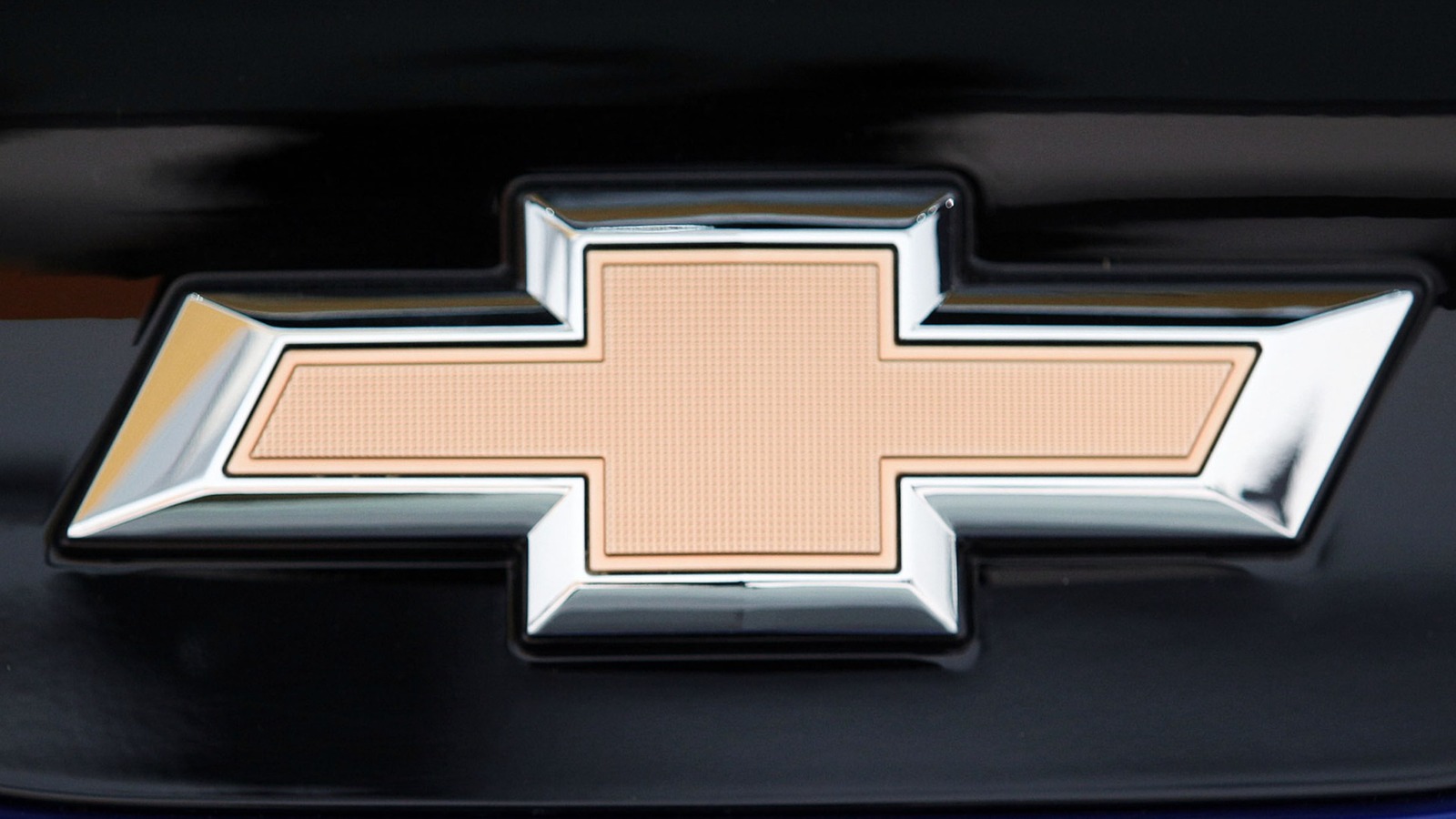
Chevrolet learned many lessons during its first foray into big block engine manufacturing with its W-series big blocks. The W-series, with displacements including 348, 409, and 427 cubic inches, powered full-size Chevy cars and trucks from 1958 until the new Mark IV engine design replaced it in the mid-1960s.
The 396 was the first iteration of the Mark IV design, and its sub-400-cubic-inch displacement allowed Chevrolet engineers to use it in the automaker’s mid-size and sports cars, including Chevelles and Camaros. At the time, an internal General Motors edict prevented engineers from placing larger engines in anything besides its full-size lineup, except for Corvette engineers, who could do almost anything they wanted.
Chevrolet made the first production Mark IV 396 available in the 1965 Corvette and Chevelle. The first 396 engines used in the Corvette, dubbed L78 TurboJets, could propel the 1965 Stingray through the quarter mile in 14 seconds, crossing the finish at 104 mph. While Chevrolet listed the L78 396 horsepower at 425, the less expensive Chevelle’s nearly identical L37 396 was rated at 375 horsepower. Driving Line suggests the large difference between the two versions would be closer, except Chevrolet intentionally lowered the L37’s rating by recording horsepower at 5,600 rpm compared to the L78’s 6,400 rpm.










